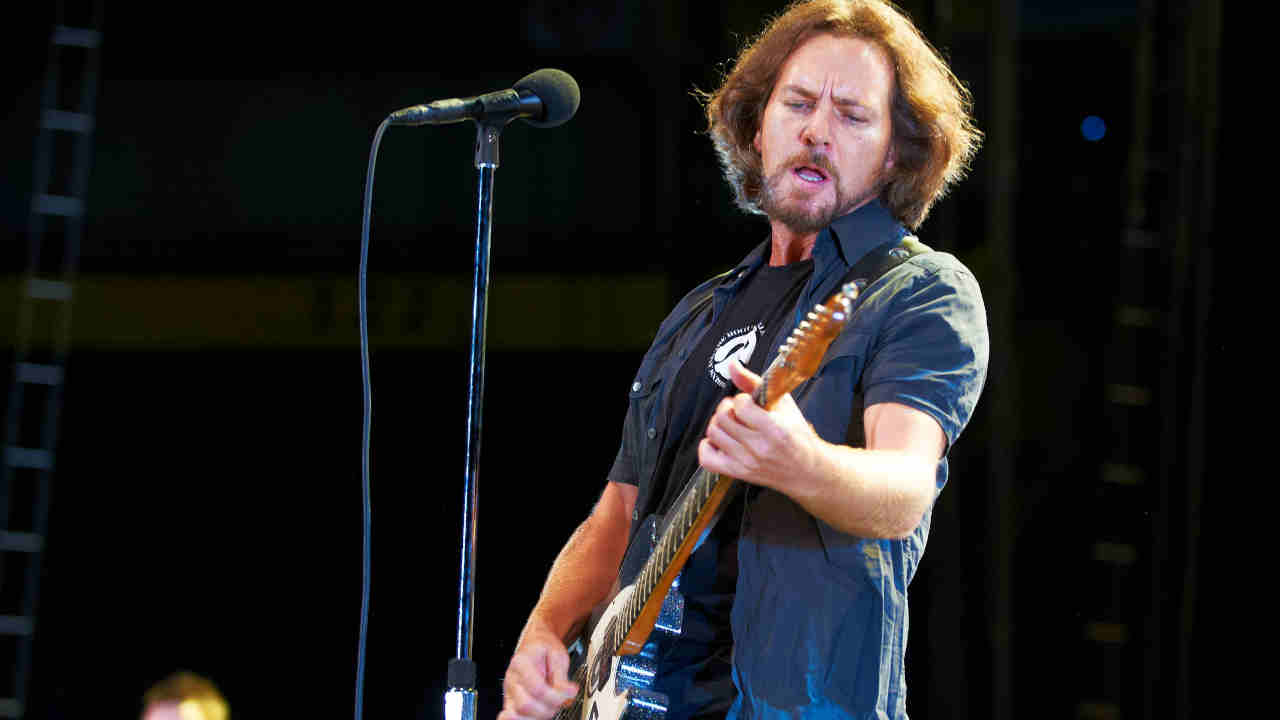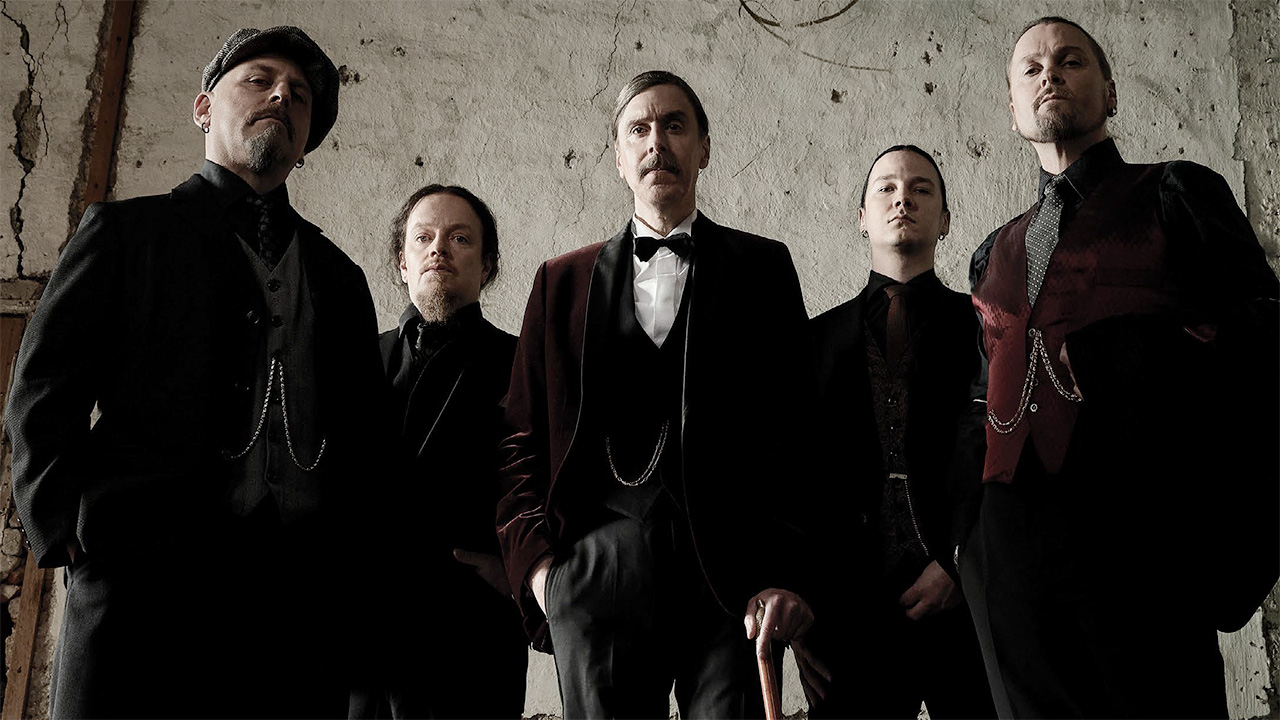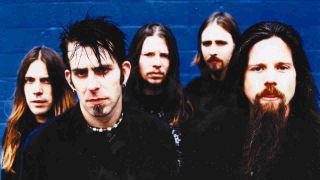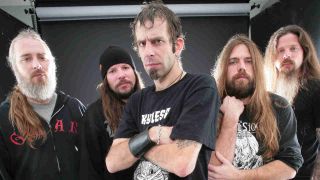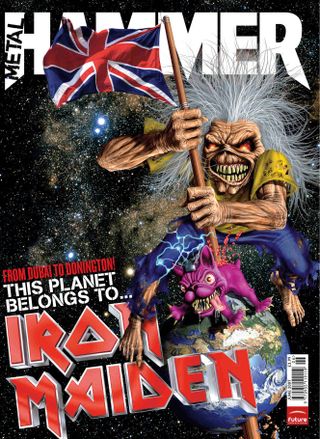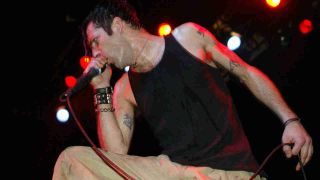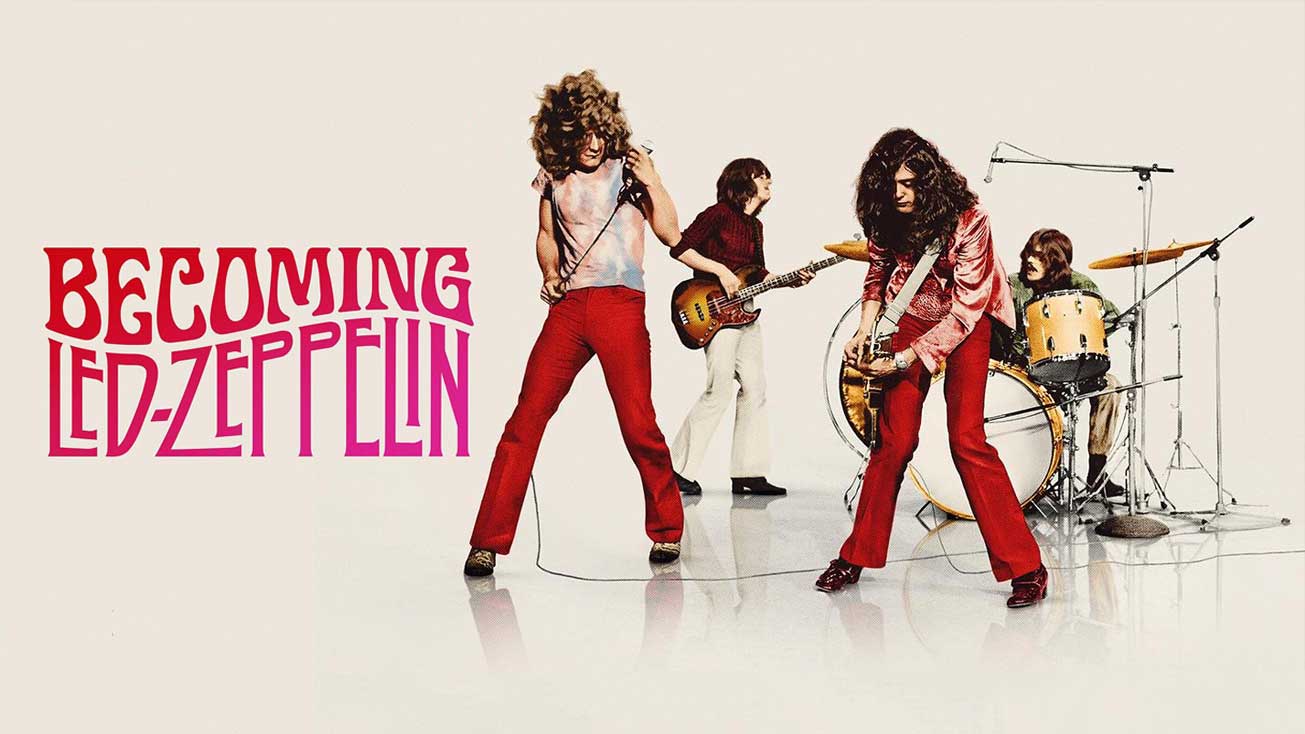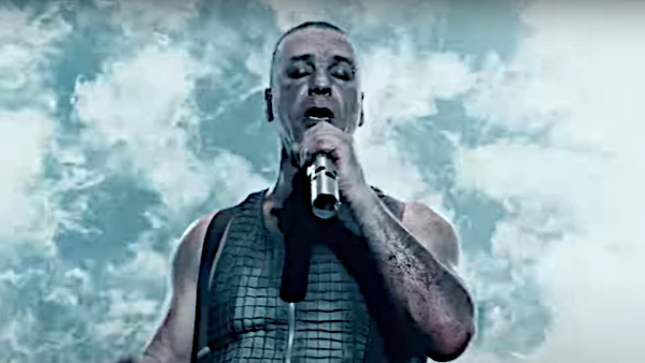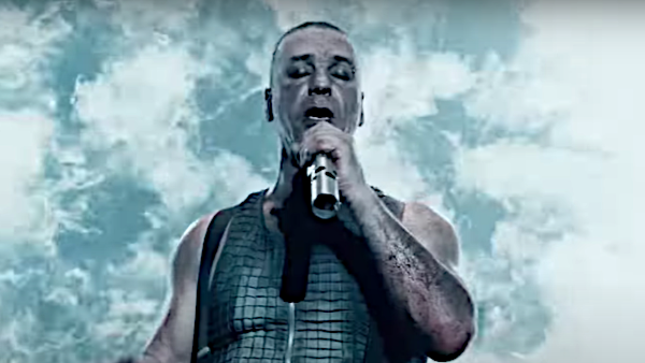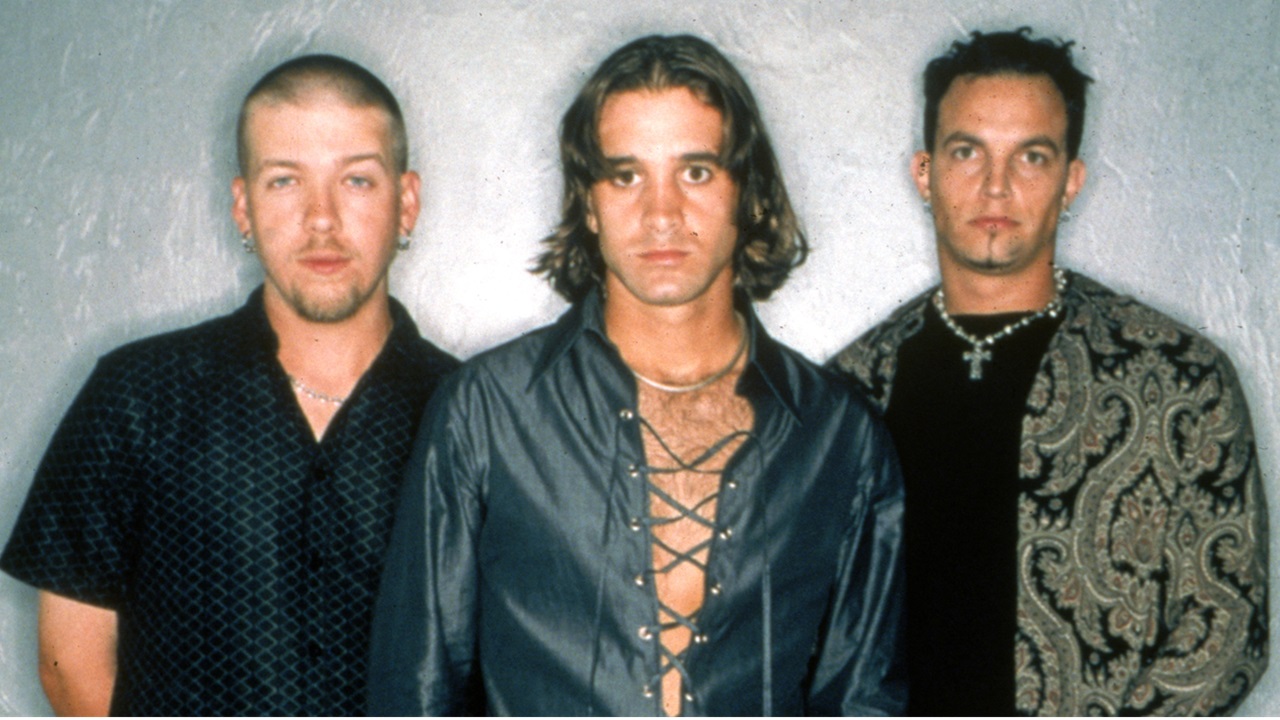
For many bands, the pressure to follow up a successful debut album can be a killer. The annals of rock history are filled with hotly tipped artists who have struggled to live up to their opening statement of intent. For Floridian post-grunge band Creed, expectations were sky high after their 1997 debut, My Own Prison, sold more than 2.2 million copies in the US alone within a year of its release. Not that they were feeling the pressure…
“I can honestly tell you I didn’t even think about that,” says Creed vocalist Scott Stapp, thinking back. “A lot of people talk about, ‘Were you worried about the sophomore slump?’ I had such confidence – and maybe it was just ignorance or youthful naivety – in what we were doing and the music that we were creating. I was just excited about getting this music recorded and putting out a new record.”
Creed’s immediate success in the wake of My Own Prison painted a target on their backs. Although the album had charted internationally, even reaching No.22 on the Billboard Album Chart in the US, there were naysayers.
“In the early days of Creed, we were always kind of up against the wall where people were saying, ‘You’re going to be a one-hit wonder’,” remembers guitarist Mark Tremonti. “It was always doom and gloom. We were just trying to survive and stay relevant.”
The band were hardly scratching in the dirt, though. …Prison’s success meant even with just one album Creed were already headlining arenas in the US and even playing stadiums in Canada, as they hit the road in 1998. But with only one album’s worth of material to their name, they often found that they needed to fill time. A favourite trick would see Scott daring Mark to write a song in front of their audience, before he joined in – something that would yield an unexpected result.
“Scott would put us on the spot and be like, ‘Hey, crowd, we’re going to write something together’,” Mark recalls with a grin. “I started playing the music, and Scott sang the chorus of Higher; it was literally born in the moment in front of a bunch of people.”
The band can’t remember exactly where Higher coalesced into being, but it took on a life of its own when they finally got round to writing the album that would become Human Clay. Scott recalls the song’s lyrics were inspired by his fascination with lucid dreaming. Plagued by nightmares from a young age, he hoped the technique could rid him of them once and for all.
“Ultimately, Higher is a song about Heaven,” he admits. “But I vividly remember becoming awakened in my dreams during the process of making Human Clay, during a recurring dream that I’d had since I was a child. I won’t get into the details of it, but the dream didn’t end well. That night, when I realised that I was asleep, I changed what I did because I knew I was dreaming. So, the scenario didn’t play out as it had for decades, and finally had a positive ending. I never had the nightmare again.”
Creed – Higher (Official HD Music Video) – YouTube 
Once Creed began to work on the song in earnest, it passed what Scott calls “the goosebump test” – they knew they had written something special. With its propulsive rhythms, a killer guitar riff from Mark, and Scott’s soaring and passionate vocals, the song was immediately earmarked as something for release.
“When we got into the studio, we were listening back to the mix of it, going, ‘Wow! That sounds like it’s the first single on this record’,” Mark tells us of hearing the finished product. On August 24, 1999, a month before the release of Human Clay, the band would release Higher as the album’s lead single. It was an immediate smash, peaking at No.7 on the US Billboard Hot 100, and staying in the charts for a jaw-dropping 57 weeks.
“I remember being in the car with my wife buying furniture for our very first home, and they played it on the radio,” Mark recalls fondly. “The DJ was very complimentary of the song. It was a good feeling to hear that it wasn’t going to be our sophomore slump.”
Not only did Higher gain heavy rotation on radio, but its video became a constant on MTV at the time. It was a mixture of live performance and references to one of the biggest movies of the era.
“When we filmed that video, that’s when The Matrix came out,” Mark says. “It was the biggest movie, the best special effects and what-not. So, the director said we were going to try to replicate some of those shots.”
In particular, the band made use of heavy freeze-frames to capture moments of performance and the crowd’s response.
“Instead of having 40 cameras in a circle around Neo in a fight scene, we had we had one camera on a track that went round in a circle,” Mark says. “We’d have to freeze in the moment, then the camera would go in a circle and try to replicate that 360˚ frozen shot. The whole time when we were doing it, I was like, ‘I don’t know if this is going to work.’ It… came out the way it did.”
Less than the technical elements, Scott just remembers the ‘fashion’ choices of the time.
“I poke fun at myself all these years later for my wardrobe,” he chuckles. “Looking at the younger version of yourself and going, ‘Man, why did I think a white tank top with plastic pleather pants was the fashion choice of the day?’ It’s almost like I woke up and just threw something on, not knowing that I was making something that would be played to this day.”
Nineties’ fashion choices aside, the release of Higher couldn’t have gone better. Its success propelled Human Clay to the top of the US Billboard 200 Album Charts, holding top position for two weeks in October 1999.
“It was incredible,” Scott says, still overawed by the achievement all these years later. “If my memory serves me, we’d also outsold Garth Brooks!”
Creed’s success seemed to open more doors of opportunity for them, too. Mark has no hesitation when it comes to picking his favourite achievement of that era: supporting Metallica.
“Metallica were my heroes and being able to play with them a few times on that cycle was pretty nuts,” he says. “We did the stadium show [Tropicana Field] in Tampa opening up [on December 29, 1999]. That was just nuts – they were gods to me.”
Human Clay ended up being certified diamond in the US, hitting 11x platinum status in 2004, meaning sales had exceeded 11 million in their homeland alone. Creed not only avoided the sophomore slump, they became one of the biggest rock bands in the world.
Although their commercial success continued, internal troubles meant Creed disbanded in 2004. Scott Stapp would continue as a solo artist, while Mark Tremonti would form Alter Bridge with Creed drummer Scott Phillips and bassist Brian Marshall, the latter of whom had performed on Human Clay but left the band in 2000.
But even as Alter Bridge became a mainstay of the rock and metal world, Tremonti and co. weren’t fully done with the past. Creed reunited in 2009 and released a fourth album, Full Circle, which peaked at No.2 on the Billboard 200. The band would head back into hibernation after a 2012 tour, only to re-emerge in 2023. Creed are currently celebrating Higher, and Human Clay’s, 25th birthday by selling out some of the biggest venues in the US to a whole new generation of fans.
“Scott will ask the crowd, ‘How many of you are at your first Creed show?’ More than half the audience raise their hands,” Mark says. ‘The biggest base of fans that have bought tickets for this current tour are under 34 years old. They’ve discovered the band through social media, through the TikToks, the sporting teams playing the songs and their parents telling them about it. You see a lot of fathers, sons, mothers and daughters coming out to these shows.”
And obviously, Higher is always one of the highlights of the show. “When we play that song, the place just goes out of control,” Mark says. “It seems like the moment everybody’s been waiting for.”
For Scott, more than any chart positions or record sales, the legacy of Higher is the encouragement and purpose it has given to people.
“From my perspective, it seems to be a legacy of inspiration and motivation,” he tells us. “People have connected with the song in the exact manner in which it was inspired. That’s all you can ask for as an artist. It’s continued to inspire all these years later, and hopefully draw people to think of something greater than themselves, draw people closer to something spiritual.”
The 25th Anniversary Deluxe Edition of Human Clay is out now via Craft. For the full list of Creed tour dates, visit their official website.



